- What are growth regulators?
- Introduction
- Causes of Seedling Stretch
- Effects of Seedling Stretch
- Prevention and Management
- Conclusion
- Understanding the causes and consequences of seedling stretch in tomatoes
- Causes of seedling stretch
- Consequences of seedling stretch
- Preventing and managing seedling stretch
- Importance of preventing seedling stretch
- Exploring the negative effects of seedling stretch on tomato plants
- How growth regulators help prevent seedling stretch
- The role of growth regulators
- Types of growth regulators
- Application methods
- Benefits of using growth regulators
- Conclusion
- Examining the use of growth regulators to control plant height
- Types of growth regulators
- Exploring the different types of growth regulators available for tomatoes
- 1. Gibberellic Acid (GA)
- 2. Ethylene Inhibitors
- 3. Paclobutrazol
- 4. Chlorocholine Chloride (CCC)
- 5. Brassinosteroids
- 6. Plant Growth Retardants (PGRs)
- Application of growth regulators
- 1. Pre-planting treatment
- 2. Post-planting treatment
- 3. Combination with other management practices
- 4. Monitoring and adjustment
- “Question-Answer”
- What are the main causes of seedling stretch in tomatoes?
- What are growth regulators and how do they prevent seedling stretch in tomatoes?
- Are growth regulators safe for the environment?
- How often should growth regulators be applied to tomato seedlings?
- Can growth regulators be used on other types of plants besides tomatoes?
- Are there any organic alternatives to growth regulators for preventing seedling stretch in tomatoes?
- Can growth regulators be used on tomato plants after they have already started to stretch?
- “Video” THIS WILL FIX ALL YOUR SEEDLING PROBLEMS!
Tomatoes are one of the most popular crops for both commercial and home gardeners. However, one common challenge faced by growers is the problem of seedling stretch. Seedling stretch refers to the elongation of tomato seedlings, which can result in weak stems and poor plant development. This can have a negative impact on the overall health and productivity of the plants.
Seedling stretch occurs due to a variety of factors, including insufficient light, high temperatures, and overcrowding. When seedlings are grown in low light conditions, they tend to stretch in an attempt to reach the light source. This results in spindly plants that are more susceptible to damage from wind and disease. High temperatures can also contribute to seedling stretch, as heat can cause the plants to grow too quickly. Finally, overcrowding can limit the amount of available light and space for each seedling, leading to increased stretching.
To address the issue of seedling stretch, many growers turn to the use of growth regulators. Growth regulators are substances that can control or modify the growth of plants. They can be applied as a spray or drench to the seedlings, and work by inhibiting the production of certain plant hormones that promote elongation. By using growth regulators, growers can help promote more compact and sturdy seedlings.
One commonly used growth regulator for tomatoes is gibberellic acid. Gibberellic acid is a plant hormone that promotes stem elongation and cell division. By applying gibberellic acid to tomato seedlings, growers can limit the amount of elongation and promote more compact growth. However, it is important to note that the use of growth regulators should be done with caution, as excessive application can have negative effects such as stunted growth or flower abortion.
In addition to the use of growth regulators, there are several other strategies that growers can employ to prevent seedling stretch. These include providing adequate light by positioning seedlings under grow lights or in a sunny location, maintaining proper temperatures, and avoiding overcrowding by spacing seedlings appropriately. By implementing these strategies and using growth regulators judiciously, growers can effectively prevent seedling stretch and promote healthy tomato plants.
What are growth regulators?
Growth regulators, also known as plant hormones or plant growth regulators, are naturally occurring or synthetic chemicals that influence the growth and development of plants. These regulators play a crucial role in regulating various physiological processes in plants, including cell division, elongation, differentiation, and maturation.
There are five major groups of plant growth regulators:
- Auxins
- Gibberellins
- Cytokinins
- Abscisic acid
- Ethylene
Auxins are primarily responsible for cell elongation, root development, apical dominance, and tropisms (growth movements in response to stimuli such as light or gravity). It is commonly used in agriculture to promote rooting of cuttings and prevent premature fruit drop.
Gibberellins are involved in stem elongation, seed germination, and flowering. They are often used to promote shoot growth and increase fruit size in commercial horticulture.
Cytokinins mainly control cell division and play a role in promoting shoot and root growth. They are commonly used in tissue culture to induce multiplication of plant cells and promote Agrobacterium-mediated transformation.
Abscisic acid is involved in seed dormancy, stomatal regulation, and stress responses. It helps plants cope with adverse environmental conditions such as drought and salinity.
Ethylene is a gaseous hormone that influences fruit ripening, flower senescence, and leaf abscission. It is commonly used in the agricultural industry to accelerate fruit ripening.
Growth regulators are essential tools for plant growth and development. Through their precise application, farmers and horticulturists can manipulate various aspects of plant growth, such as controlling stem elongation, promoting root development, regulating flowering, and improving fruit quality.
Seedling Stretch in Tomatoes
Introduction
Seedling stretch, also known as etiolation, is a common issue in tomato plants. It refers to the elongation of the stem, resulting in weak and leggy seedlings. This phenomenon is a response to low light conditions and can negatively affect the overall growth and productivity of tomato plants.
Causes of Seedling Stretch
- Lack of sunlight: Tomato seedlings require adequate sunlight to facilitate proper growth and development. Insufficient light can lead to elongation of the stem as the plant tries to reach for more light.
- Inadequate spacing: Overcrowding of seedlings can limit access to sunlight, leading to competition and stretching of the stems.
- High temperature: Warm temperatures can exacerbate the issue of seedling stretch, as it increases the metabolic rate of the plant and promotes elongation of the stem.
- Inappropriate humidity levels: Low humidity reduces the moisture content in the air, which can stimulate the seedlings to elongate their stems in search of more moisture.
Effects of Seedling Stretch
Seedling stretch can have various negative effects on tomato plants:
- Weakened stems: The elongated stems are weak and prone to breaking, reducing the overall structural integrity of the plant.
- Reduced photosynthetic capacity: The elongated stems have fewer leaves, resulting in reduced photosynthetic capacity and decreased energy production for the plant.
- Poor root development: The elongated stems often lead to shallow root systems, which can affect the plants’ ability to absorb nutrients and water from the soil.
- Delayed fruiting and lower yield: Seedling stretch can delay the onset of flowering and fruiting in tomato plants, ultimately leading to a lower crop yield.
Prevention and Management
To prevent seedling stretch in tomatoes, various strategies can be implemented:
- Provide adequate light: Place seedlings in a location with sufficient sunlight or use artificial grow lights to ensure that they receive at least 12-14 hours of light per day.
- Proper spacing: Plant seedlings with adequate spacing to prevent overcrowding and competition for light.
- Control temperature and humidity: Maintain optimal temperature and humidity levels in the growing environment to minimize the risk of seedling stretch.
- Use growth regulators: Application of growth regulators like gibberellic acid can help control stem elongation and promote compact growth in tomato seedlings.
- Provide support: Use support structures like trellises or stakes to prevent the weak stems from bending or breaking.
- Timely transplantation: Transplant seedlings into larger containers or the field at the right stage of growth to prevent further stretching.
Conclusion
Seedling stretch in tomatoes is a common issue caused by factors like inadequate light, overcrowding, high temperature, and low humidity. It can have detrimental effects on the overall growth and productivity of tomato plants. However, by implementing proper preventive measures and management strategies, such as providing adequate light, proper spacing, controlling temperature and humidity, using growth regulators, and providing support, seedling stretch can be effectively controlled, leading to healthier and more productive tomato plants.
Understanding the causes and consequences of seedling stretch in tomatoes
Seedling stretch, also known as etiolation, is a common problem in tomato seedlings that occurs when they grow rapidly in height but have weak stems. This condition is characterized by elongated, spindly seedlings that are unable to support their own weight, leading to floppy and top-heavy plants.
Causes of seedling stretch
There are several factors that contribute to seedling stretch in tomatoes:
- Inadequate light: Insufficient light exposure is one of the primary causes of seedling stretch. When tomato seedlings do not receive enough light, they grow taller in an attempt to reach the light source.
- High temperature: Warm temperatures can also contribute to seedling stretch. When tomato seedlings are exposed to excessive heat, they grow quickly but become weak and spindly.
- Overfertilization: Excessive fertilizer application, especially high levels of nitrogen, can encourage rapid growth in tomato seedlings, leading to stretchy stems.
Consequences of seedling stretch
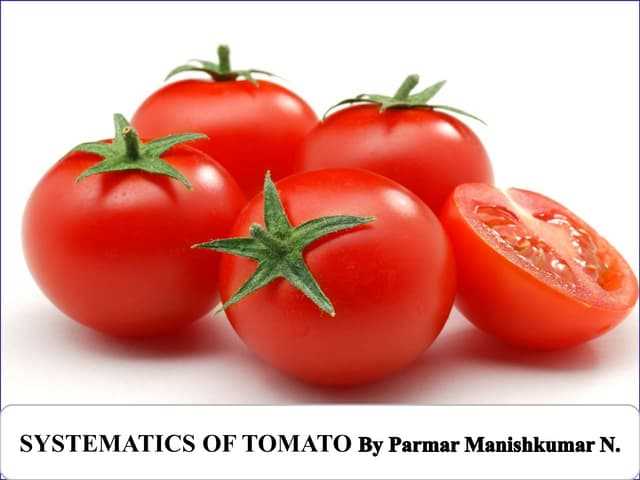
Seedling stretch can have several negative consequences:
- Reduced vigor: Stretchy tomato seedlings are typically weaker and have reduced vigor compared to well-branched, compact seedlings. This can affect their ability to establish and grow properly.
- Inefficient photosynthesis: Seedling stretch can impact the photosynthesis process, as elongated stems may shade the lower leaves. This reduces the overall efficiency of the plant in converting sunlight into energy.
- Vulnerability to damage: Weak stems in elongated seedlings are more prone to bending, breaking, and falling over. This increases the risk of physical damage to the plants and reduces their ability to withstand stress and environmental challenges.
Preventing and managing seedling stretch
To prevent seedling stretch in tomatoes, it is important to provide the optimal growing conditions:
- Optimize light exposure: Tomato seedlings should be grown in a location with ample light, whether it’s natural sunlight or artificial grow lights. Aim for 14-16 hours of daily light exposure.
- Maintain suitable temperature: Maintain a temperature range of 70-75°F (21-24°C) during the day and 60-65°F (15-18°C) at night to prevent excessive heat stress on the seedlings.
- Provide proper ventilation: Good air circulation helps to strengthen seedlings and prevent excessive humidity that can contribute to stretchy growth.
- Control fertilizer application: Use a balanced fertilizer with moderate nitrogen levels to promote healthy growth without encouraging excessive stretching.
- Consider growth regulators: Growth regulators, such as plant hormones, can be used to control seedling stretch. Consult with a horticulturist or agricultural specialist to determine the appropriate application and dosage for your tomato seedlings.
By understanding the causes and consequences of seedling stretch in tomatoes, growers can take effective measures to prevent and manage this common issue, ensuring healthy and robust plants for successful tomato production.
Importance of preventing seedling stretch
Seedling stretch, also known as etiolation, occurs when seedlings experience inadequate light and grow tall and leggy. This can be a common problem for tomato seedlings, especially when they are started indoors or in low light conditions.
Why is preventing seedling stretch important?
- Promotes healthier growth: Seedlings that experience stretch are weak and fragile. Their stems are thin and easily damaged, making them more susceptible to diseases and pests. Preventing seedling stretch allows for stronger, sturdier plants.
- Improves transplant success: When seedlings are stretched and leggy, it becomes harder for them to establish roots after transplanting. This can lead to a higher rate of transplant shock and lower survival rates for the seedlings. By preventing stretch, the seedlings can develop a robust root system and have a higher chance of surviving the transplanting process.
- Enhances overall plant performance: Seedlings that are prevented from stretching tend to have a better overall performance once they are in the field or garden. They produce more fruit, have a higher yield, and are generally healthier and more vigorous.
How can seedling stretch be prevented?
- Provide adequate light: The key to preventing seedling stretch is providing adequate light. This can be achieved by placing the seedlings in a sunny location or by using artificial lights, such as grow lights, to supplement the natural light.
- Control temperature: Maintaining a consistent temperature around the seedlings can also help prevent stretching. Tomatoes prefer temperatures between 65-75°F (18-24°C). Fluctuations in temperature can stress the seedlings and contribute to stretch.
- Use growth regulators: Growth regulators, such as gibberellic acid, can be applied to tomato seedlings to inhibit stretch. These regulators help to regulate plant hormones and maintain a more compact growth habit.
Conclusion
Preventing seedling stretch is crucial for the successful growth and development of tomato plants. By providing adequate light, controlling the temperature, and using growth regulators, growers can ensure that their tomato seedlings are strong, healthy, and ready for transplanting.
Exploring the negative effects of seedling stretch on tomato plants
Seedling stretch, also known as etiolation, is a common problem in tomato plants that occurs when young seedlings become elongated and weak due to insufficient light. This phenomenon is characterized by long, spindly stems and small, pale leaves. Seedling stretch can have several negative effects on tomato plants, including:
- Poor root development: When tomato seedlings stretch, their root systems may also be underdeveloped. This can result in weaker plants that are more susceptible to nutrient deficiencies and water stress.
- Reduced plant vigor: Etiolated tomato plants have decreased vigor and overall strength. They may be more susceptible to diseases, pests, and environmental stressors.
- Delayed flowering and fruiting: Seedling stretch can delay the development of flowers and fruits in tomato plants, leading to a longer time to harvest and a lower overall yield.
- Inefficient use of space: When seedlings stretch, they take up more vertical space in the greenhouse or garden, reducing the overall number of plants that can be grown in a given area.
Therefore, it is crucial to prevent seedling stretch in tomato plants to ensure optimal growth and productivity. One effective method is the use of growth regulators, such as gibberellic acid or paclobutrazol, which can help to control stem elongation and promote more compact and sturdy seedlings.
By taking measures to prevent seedling stretch, tomato growers can ensure healthier plants, higher yields, and more efficient use of growing space.
How growth regulators help prevent seedling stretch
Seedling stretch, also known as etiolation, is a common problem in tomato cultivation. It occurs when seedlings grow long, thin stems with weak foliage due to inadequate light conditions. This can lead to weak and spindly plants that are more susceptible to disease and have reduced yield potential.
The role of growth regulators

Growth regulators, also known as plant hormones, play a crucial role in controlling plant growth and development. When used correctly, growth regulators can help prevent seedling stretch in tomatoes by promoting compact and sturdy growth.
Types of growth regulators
There are several types of growth regulators that can be used to prevent seedling stretch in tomatoes:
- Gibberellins: These hormones promote stem elongation and are responsible for the excessive growth seen in etiolated seedlings. By inhibiting the production of gibberellins, growth regulators can help control stem elongation and prevent seedling stretch.
- Auxins: Auxins play a key role in controlling plant growth and development. They promote cell elongation, but excessive auxin levels can lead to elongated and weak stems. By properly managing auxin levels with growth regulators, seedling stretch can be prevented.
- Cytokinins: Cytokinins promote cell division and stimulate the growth of lateral shoots. By promoting lateral shoot growth, growth regulators can help prevent seedling stretch and encourage a more bushy and compact plant.
Application methods
Growth regulators can be applied to tomato plants through various methods, including foliar sprays, drenches, and root applications. The timing and concentration of application will depend on the specific growth regulator being used and the stage of plant development.
Benefits of using growth regulators
Using growth regulators to prevent seedling stretch in tomatoes offers several benefits:
- Improved plant structure: Growth regulators promote compact and sturdy growth, resulting in stronger plants that are better able to withstand environmental stressors.
- Reduced disease susceptibility: Seedling stretch can make plants more susceptible to diseases due to weakened foliage. By preventing seedling stretch, growth regulators can help reduce the risk of disease infection.
- Increased yield potential: Compact and sturdy plants are more likely to produce higher yields compared to weak and spindly plants. By preventing seedling stretch, growth regulators can help maximize the yield potential of tomato plants.
Conclusion
Using growth regulators is an effective strategy for preventing seedling stretch in tomatoes. By properly managing hormone levels, growers can promote compact and sturdy growth, reduce disease susceptibility, and increase yield potential. The application of growth regulators should be done in accordance with recommended guidelines to ensure optimal results.
Examining the use of growth regulators to control plant height
Controlling plant height is essential for optimizing tomato production and preventing seedling stretch. One effective method for achieving this is through the use of growth regulators.
What are growth regulators?
Growth regulators are chemical substances that can be applied to plants to regulate their growth. They can either promote or inhibit growth, depending on the desired outcome. In the context of controlling plant height in tomatoes, growth regulators are used to inhibit excessive stem elongation.
Types of growth regulators:
There are two main types of growth regulators commonly used in tomato production:
- Gibberellins: Gibberellins are plant hormones that promote stem elongation. By inhibiting their production or application, the excessive growth of tomato seedlings can be prevented.
- Plant growth retardants: These chemicals are applied to inhibit stem elongation and control overall plant height. They work by reducing the production of gibberellins or inhibiting their action.
Benefits of using growth regulators:
- Compact plant structure: By controlling plant height, growth regulators help in maintaining a compact plant structure. This is advantageous for maximizing space utilization and facilitating easier crop management.
- Reduced seedling stretch: Seedling stretch is a common problem in tomato production, especially in greenhouse environments. The use of growth regulators significantly reduces the occurrence of seedling stretch, resulting in healthier and sturdier plants.
- Improved nutrient uptake: Excessive stem elongation can lead to poor nutrient uptake by the plants. By controlling plant height, growth regulators ensure that the nutrients are efficiently utilized by the plants, leading to better overall growth and productivity.
Application methods:
Growth regulators can be applied in various ways, including foliar sprays, basal applications, or through irrigation systems. The specific application method depends on the type of growth regulator being used and the stage of plant development.
| Growth Regulator | Application Rate | Application Timing |
|---|---|---|
| Naphthaleneacetic acid (NAA) | 50-100 ppm | During early vegetative growth |
| Daminozide (Alar) | 3,000-5,000 ppm | During flower initiation |
| Chlormequat chloride (CCC) | 500-1,000 ppm | During early fruit development |
It is important to carefully follow the recommended application rates and timings to ensure optimal results and minimize any potential negative effects on plant growth.
Conclusion:
The use of growth regulators is an effective approach to control plant height in tomato production. By inhibiting excessive stem elongation, growth regulators help in maintaining a compact plant structure, preventing seedling stretch, and improving overall plant health and productivity. Proper application methods and adherence to recommended rates and timings are crucial for achieving the desired outcomes.
Types of growth regulators
Growth regulators, also known as plant hormones, are chemical substances that control various aspects of plant growth and development. In the context of preventing seedling stretch in tomatoes, there are several types of growth regulators that can be used:
- Gibberellins: Gibberellins promote stem elongation and cell division, which can lead to seedling stretch if not controlled. In the context of preventing seedling stretch, gibberellin inhibitors can be used to reduce elongation and promote compact growth.
- Cytokinins: Cytokinins are hormones that promote cell division, differentiation, and overall plant growth. When used in controlled amounts, cytokinins can help prevent seedling stretch by promoting balanced growth and root development.
- Auxins: Auxins are responsible for various growth processes, including stem elongation. By carefully regulating auxin levels, it is possible to control and prevent seedling stretch in tomatoes.
- Abscisic acid: Abscisic acid is known as a stress hormone as it helps plants cope with adverse conditions. By applying abscisic acid to tomato seedlings, it is possible to reduce seedling stretch as the hormone can help regulate growth in response to environmental cues.
In addition to these primary growth regulators, there are also other substances that can be used to prevent seedling stretch, such as brassinosteroids and ethylene inhibitors. These substances can further enhance the effectiveness of growth regulators in promoting compact and sturdy tomato seedlings.
It is important to note that the use of growth regulators should be done carefully and in accordance with recommended guidelines. Improper use or excessive application of growth regulators can have detrimental effects on plant health and development.
Exploring the different types of growth regulators available for tomatoes
Growth regulators play a crucial role in preventing seedling stretch in tomatoes. There are several types of growth regulators available in the market that can be used to control plant height and promote compact growth in tomato seedlings.
1. Gibberellic Acid (GA)
Gibberellic Acid is a naturally occurring plant hormone that promotes stem elongation and cell division. It is commonly used to prevent seedling stretch in tomatoes by inhibiting gibberellin biosynthesis. GA treatments can be applied as a foliar spray or by soaking the seeds before planting.
2. Ethylene Inhibitors
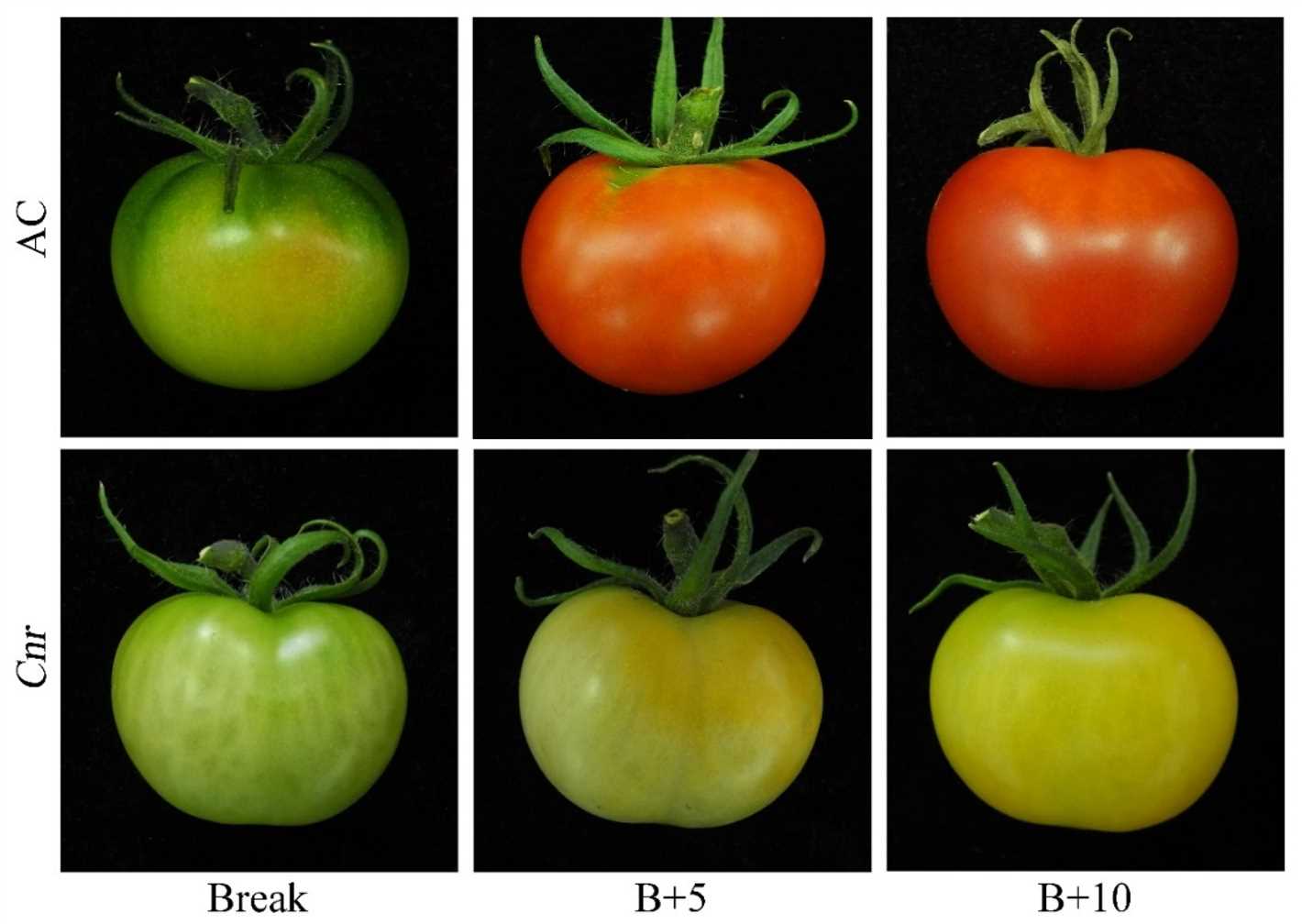
Ethylene inhibitors are chemicals that can block the effect of ethylene, a plant hormone that promotes elongation growth. By inhibiting ethylene action, these growth regulators can help to prevent seedling stretch in tomatoes. Ethylene inhibitors can be applied as a foliar spray or through irrigation systems.
3. Paclobutrazol
Paclobutrazol is a growth regulator that inhibits gibberellin biosynthesis, similar to gibberellic acid. It is commonly used to regulate plant height and prevent seedling stretch in tomatoes. Paclobutrazol can be applied as a soil drench or as a foliar spray.
4. Chlorocholine Chloride (CCC)
Chlorocholine Chloride is a growth regulator that can inhibit stem elongation and promote compact growth in tomato seedlings. It is commonly used to prevent seedling stretch and enhance plant quality. CCC treatments can be applied as a foliar spray.
5. Brassinosteroids
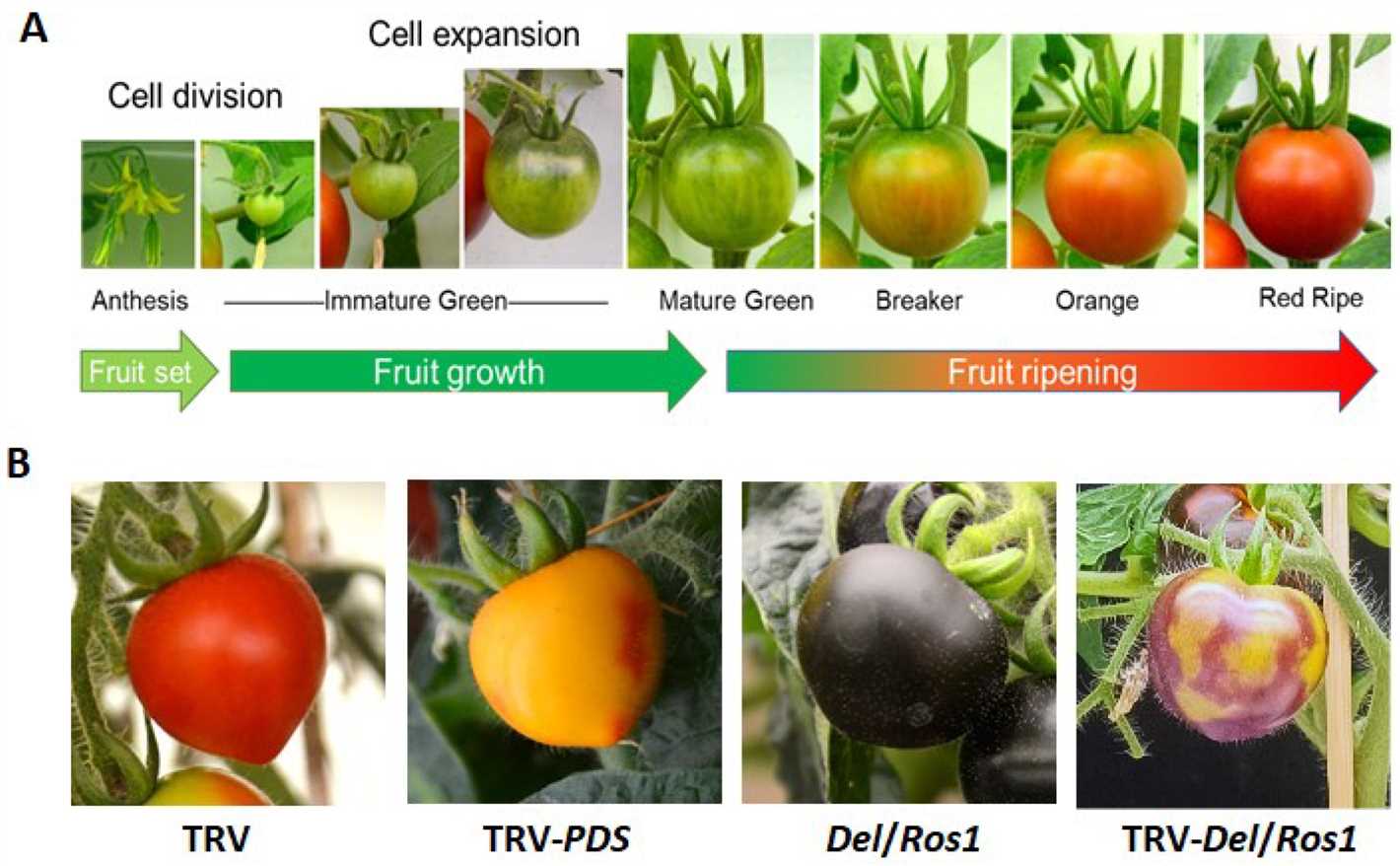
Brassinosteroids are plant hormones that promote cell elongation and division. They can be used to control seedling stretch in tomatoes and promote compact growth. Brassinosteroids can be applied as a foliar spray or through irrigation systems.
6. Plant Growth Retardants (PGRs)
Plant Growth Retardants are chemicals that inhibit gibberellin biosynthesis or action, reducing plant height and preventing seedling stretch. Different PGRs, such as chlormequat chloride and daminozide, can be used to regulate tomato seedling growth. PGRs are commonly applied as foliar sprays.
When using growth regulators, it is essential to follow the recommended application rates and timings to ensure effective control of seedling stretch and promote compact growth in tomatoes. It is also important to consider the specific growth regulator’s mode of action and potential side effects.
Application of growth regulators
Growth regulators are commonly used in tomato cultivation to control seedling stretch. These regulators can be applied using various methods and at different stages of plant development.
1. Pre-planting treatment
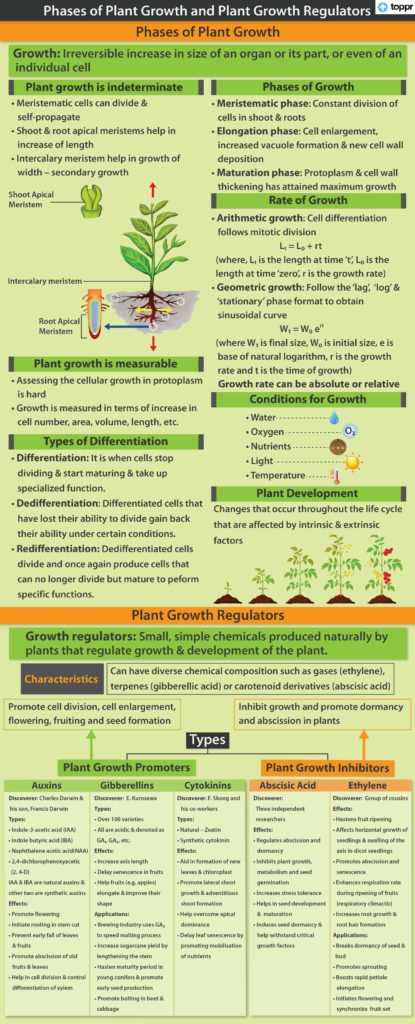
- Drench application: Growth regulators can be mixed with water and applied to the growing medium before planting the seeds. This method ensures that the regulator is readily available to the seedlings as they germinate and start to grow.
- Foliar spray: The growth regulator solution can be sprayed directly onto the foliage of the seedlings before transplanting. This method allows for quick and efficient absorption of the regulator through the leaves.
2. Post-planting treatment
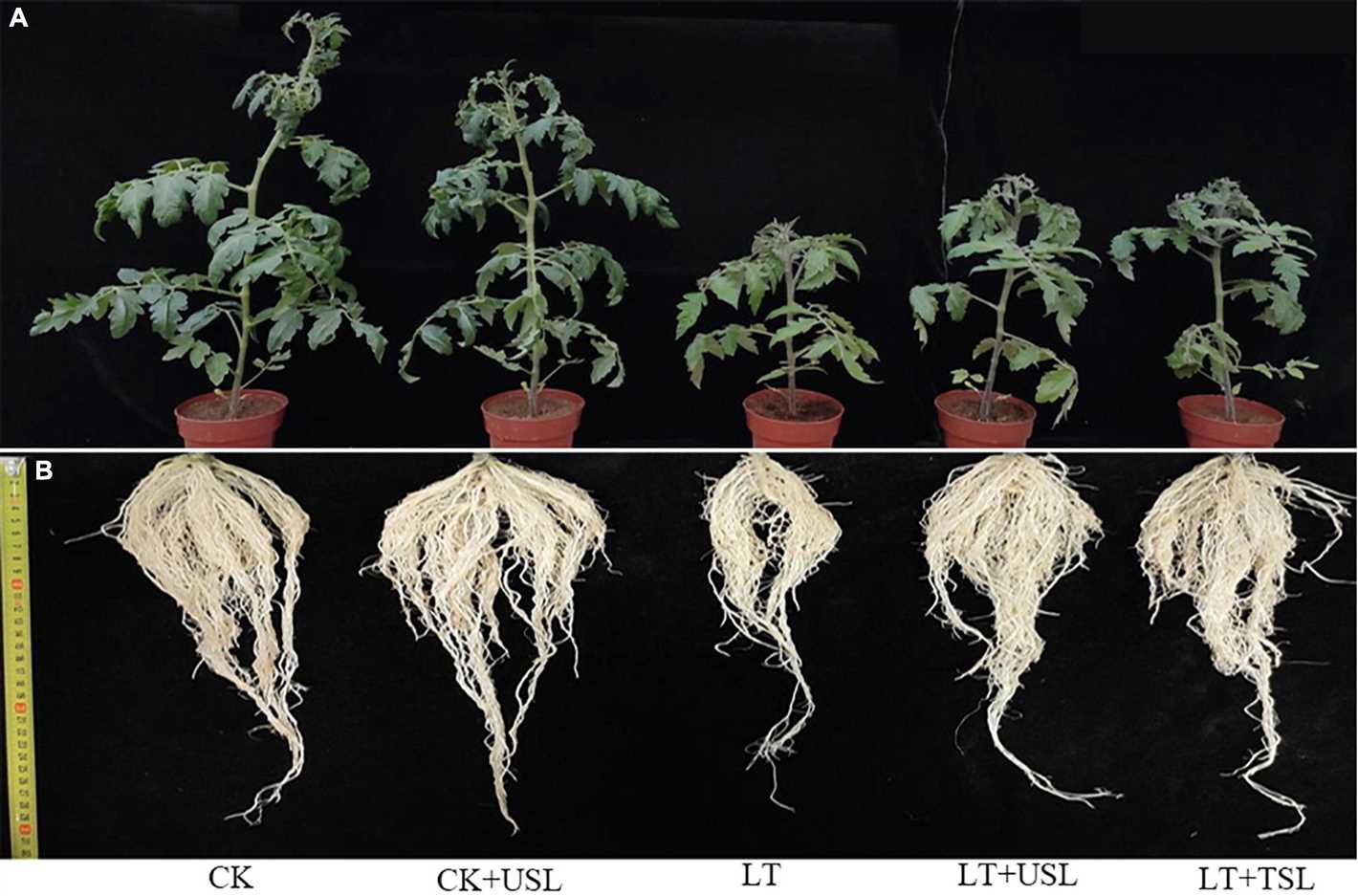
- Drench application: Growth regulators can be applied as a drench solution to the soil around the base of the seedlings after they have been transplanted. This ensures that the regulator is in close proximity to the growing roots.
- Foliar spray: Similar to pre-planting treatment, the growth regulator can be sprayed directly onto the foliage of the transplanted seedlings. This method provides continuous exposure to the regulator throughout the growth stages.
It is important to follow the recommended dosage and timing for the application of growth regulators. Over-application or incorrect timing can lead to negative effects on tomato growth and development.
3. Combination with other management practices
Growth regulators can be used in conjunction with other management practices to achieve optimal results. These may include:
- Proper lighting: Providing adequate and appropriate lighting conditions can help minimize seedling stretch and promote healthy growth.
- Temperature management: Maintaining optimum temperature levels can control seedling stretch and encourage compact growth.
- Proper nutrition: Providing balanced nutrient levels can support healthy growth and reduce the need for excessive stretching.
4. Monitoring and adjustment
Regular monitoring of plant growth and development is essential to ensure the effectiveness of growth regulators. Adjustments to the application method or dosage may be required based on the observed response of the plants.
In conclusion, the application of growth regulators can effectively prevent seedling stretch in tomatoes when used correctly and in combination with other management practices. Proper timing, dosage, and monitoring are crucial for maximizing the benefits of growth regulators and promoting healthy tomato growth.
“Question-Answer”
What are the main causes of seedling stretch in tomatoes?
The main causes of seedling stretch in tomatoes are lack of light, high temperature, excessive watering, and overcrowding of plants.
What are growth regulators and how do they prevent seedling stretch in tomatoes?
Growth regulators are chemicals that can be applied to plants to control their growth. They prevent seedling stretch in tomatoes by promoting a more compact and sturdy growth habit.
Are growth regulators safe for the environment?
Growth regulators are generally safe for the environment when used according to the manufacturer’s instructions. However, it is important to always follow proper safety precautions and dispose of any unused chemicals properly.
How often should growth regulators be applied to tomato seedlings?
The frequency of application for growth regulators can vary depending on the specific product and the growth stage of the tomato seedlings. It is best to follow the instructions provided by the manufacturer for the specific product being used.
Can growth regulators be used on other types of plants besides tomatoes?
Yes, growth regulators can be used on a variety of plants to control their growth. However, it is important to make sure that the specific growth regulator being used is suitable for the particular plant species.
Are there any organic alternatives to growth regulators for preventing seedling stretch in tomatoes?
Yes, there are organic alternatives available for preventing seedling stretch in tomatoes. These include using reflective mulch, providing adequate light, and utilizing proper spacing and pruning techniques to promote sturdy growth.
Can growth regulators be used on tomato plants after they have already started to stretch?
Growth regulators can be used on tomato plants after they have started to stretch, but the effectiveness may be reduced. It is best to apply growth regulators before the seedlings start to stretch to achieve optimal results.







